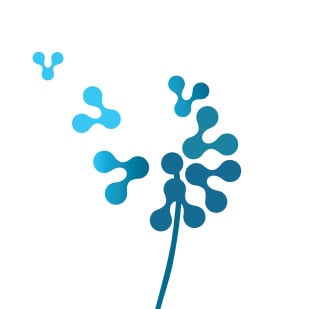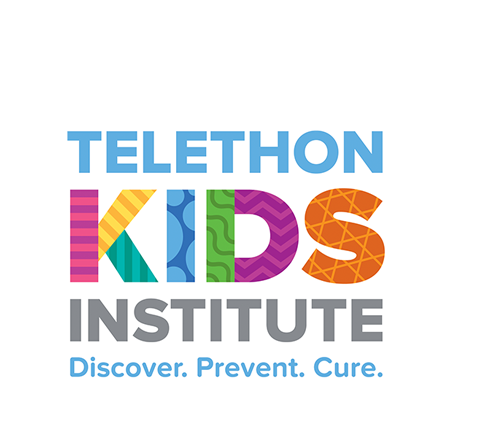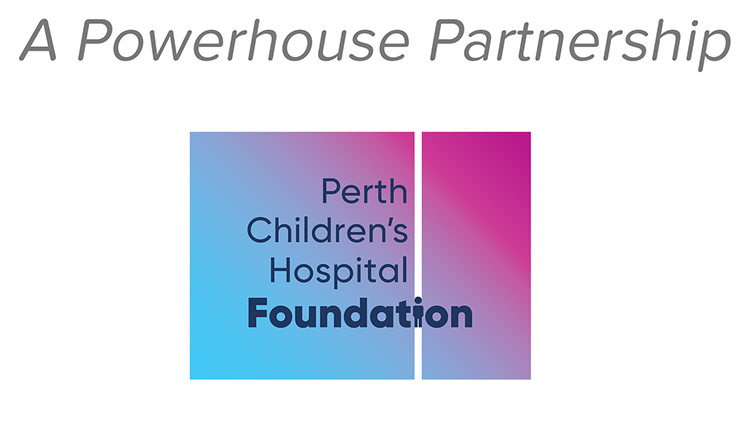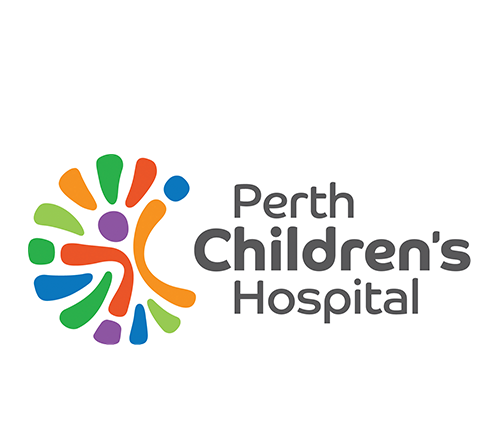What are Phages?
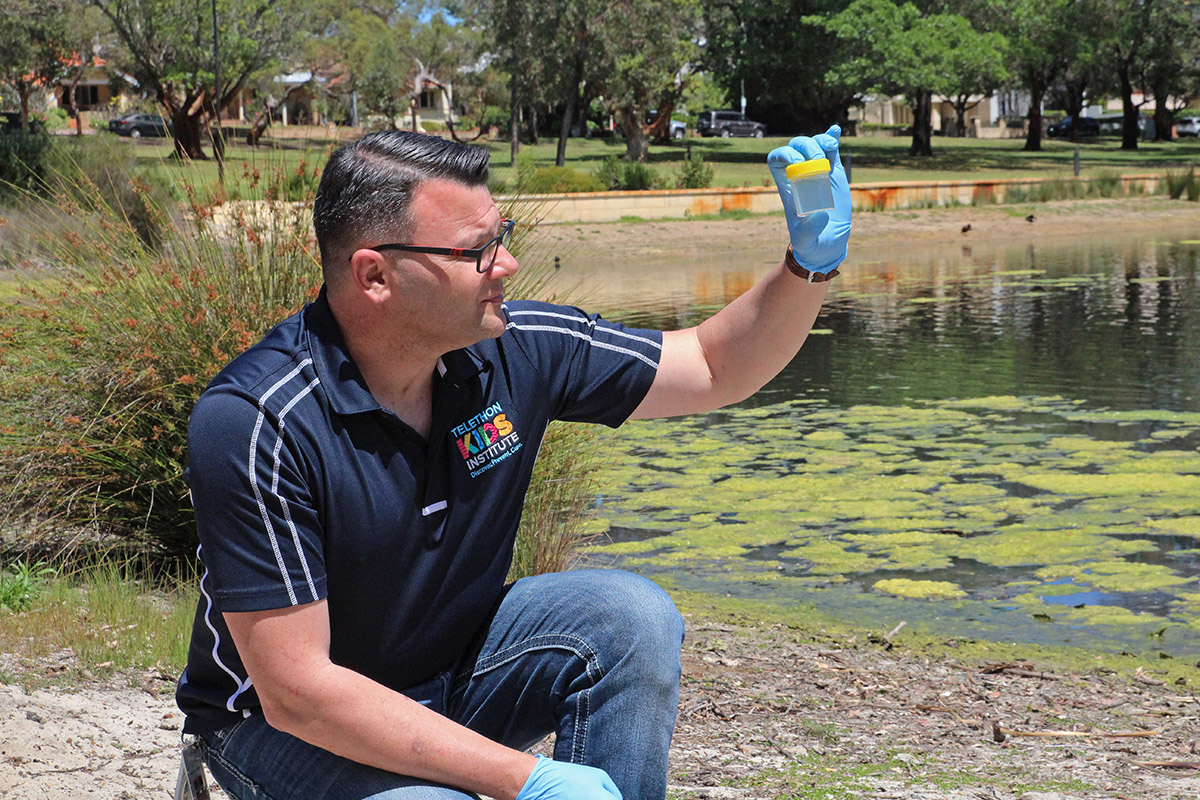 Bacteriophages (phages) are specialised viruses that only kill certain bacteria. They can be found everywhere in the environment, including in waterways and soil.
Bacteriophages (phages) are specialised viruses that only kill certain bacteria. They can be found everywhere in the environment, including in waterways and soil.
As humans become more affected by antibiotic resistant bacterial infections, phages can act as “superheroes” in a world where they might have been considered to be “bad guys” just for being viruses. There are millions of different types of phages in the environment; the more we collect and understand how they work, the more bacterial infections we will be able to fight.
Phages are collected and stored in a “phage library”. Researchers from Wal-yan Respiratory Research Centre have built a large phage library, with over 2000 phages specific to several types of bacteria including Pseudomonas aeruginosa (P. aeruginosa), Staphylococcus aureus (S. aureus), Burkholderia cenocepacia (B. cenocepacia), and Acinetobacter baumannii (A. baumannii).
Our library is continually growing and we plan to include phages specific to other bacteria including Enterococcus faecium (E. faecium), Stenotrophomonas maltophilia (S. maltophilia), Non-Tuberculosis mycobacterium (M. abscessus), Escherichia coli (E. coli), Klebsiella pneumoniae (K. pneumoniae), Enterobacter cloacae (E. cloacae) and Achromobacter xylosoxidans (A. xylosoxidans).
How do Phages work?
What is Phage Therapy?
Bacteriophage (phage) Therapy is the treatment of bacterial infections using specific phages. First, the bacteria causing the infection is used to identify which phage/s from available phage libraries can treat it. When matching phage/s are identified they are cleaned thoroughly so that they can be safely given to humans.
Different phages can be combined in a mixture called a phage “cocktail” which is then delivered in different ways depending on where the infection is, including by needle (intravenous), topically (applied to the skin) or by aerosol (nebulisation).
Phage therapy has been used in some cases overseas to successfully treat infections of the skin and lungs. In Australia, Phage Australia have commenced phage therapy for compassionate use, which is being carried out at several sites Australia-wide, including here in WA. You can find out more about phage therapy for compassionate use here.
Here in WA, we are working towards running a large phage therapy clinical trial for people with antimicrobial resistant lung infections. However, we would love to hear from you even if you don’t have a lung infection that is caused by AMR bacteria. If you would like more information on The Wal-yan Centre’s work on phage therapy please email PHAGE@telethonkids.org.au or click here to register your interest.
-
Does Phage WA collaborate with other research teams?
-
Where can phages be found?
-
What are the advantages of phages compared to antibiotics?
-
Are phages safe?
-
Why aren’t phages in use already?
-
Are there phages ready for every type of bacterial infection?
-
Can phage treatment be used on areas other than the lungs?
-
Who will be eligible for phage therapy in WA?
-
Will people with normal lung function but suffer haemoptysis regularly, be able to be considered for phage therapy?
-
What monitoring and precautions will be taken to care for the well-being of the patient as a whole? For example, the patient's normal microbiome may be disrupted.
-
How will phages affect current treatments?
-
Have there been any known side effects documented?
-
What costs will there be for using this therapy?
-
How long will it be before we can access phage therapies?
Discover. Prevent. Cure.
